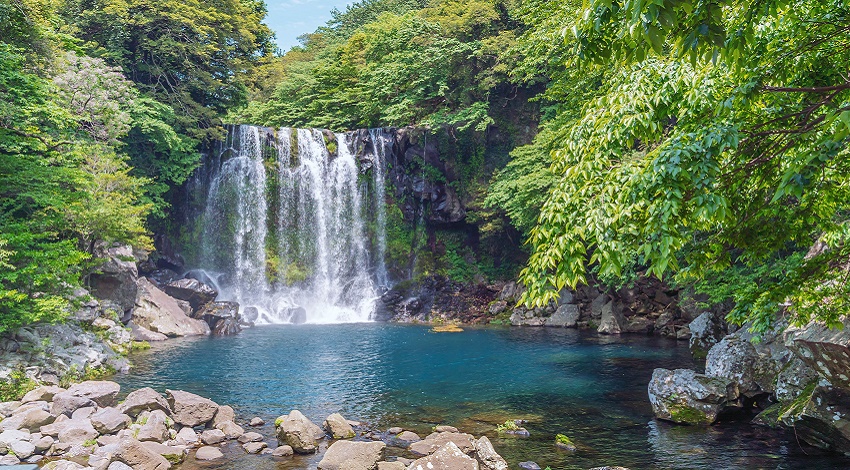Jeju Island: What You Should Know About This South Korean Wonder
Located just over 50 miles off the coast of South Korea is Jeju Island, the country’s largest island. The island has many claims to fame, from indulgent resorts to natural wonders, and it enjoys a mild climate, which all makes it a popular place to visit. With so much to discover, here’s what you should know about Jeju Island before you go!

Jeju Island has a rich volcanic history
South Korea’s tallest mountain, Hallasan, towers above Jeju Island at over 6,000 feet above sea level. Hallasan Mountain is a dormant volcano that is just one of the volcanic landmarks that dot this island. These landmarks, including lava tube caves and volcanic cones, are remnants of the activity that formed this island millions of years ago.
Jeju Island has been highly recognized for its natural beauty
Did you know that Jeju Island is the only place to hold all four Internationally Designated Areas by UNESCO? These include Jeju Volcanic Island and Lava Tubes World Heritage Site, Jeju Island Biosphere Reserve, Jeju Island UNESCO Global Geopark and two RAMSAR wetland sites: 1100 Altitude Wetland and Muljangori-Oreum Wetland. The center of Jeju Island is also designated as a national park.
Biodiversity abounds on Jeju Island
With these designated areas come a vast variety of plants and wildlife. Animals that call Jeju Island home include the leopard cat and the Jeju horse, a breed that is native to the island. Many of these animals are also endangered, including the stellar sea lion and the green sea turtle. These animals reside in the island’s varied ecosystems, which range from alpine coniferous forests to temperate grasslands.
There’s just as much to learn about human history
While Jeju Island is obviously a natural treasure, there is also much to discover about local life on the island. The isolated nature of Jeju Island has resulted in a distinctive culture among its inhabitants, who largely make their livings through tourism, agriculture and fishing. One tradition in particular is Haenyeo, the community of women on Jeju Island who gather seafood from the ocean without oxygen masks. Their practices go back hundreds of years, and they have contributed to environmental sustainability by promoting eco-friendly fishing practices.

Opportunities abound for active adventures
One of the best ways to get a full taste of Jeju Island is to explore it! Whether you walk the streets of vibrant Jeju City, hike to volcanic craters or visit magnificent waterfalls such as Cheonjeyeon Falls, Jeju Island offers many opportunities for firsthand learning experiences.
Want to experience Jeju Island for yourself? Join us for a South Korean learning adventure, which includes three days on Jeju Island.
